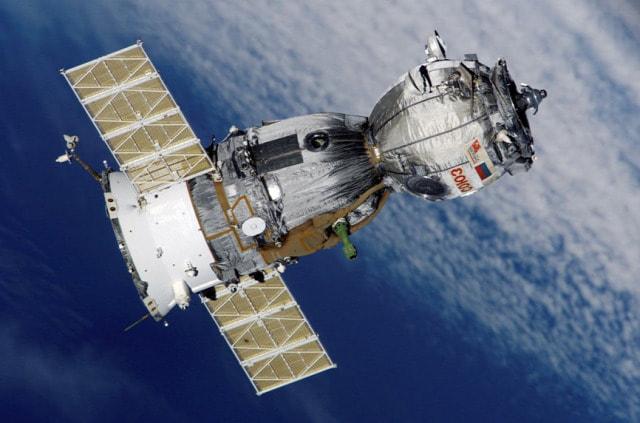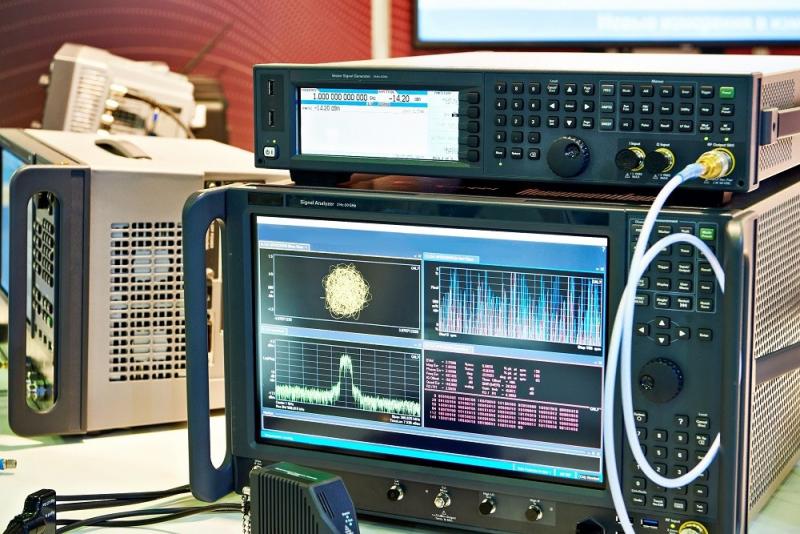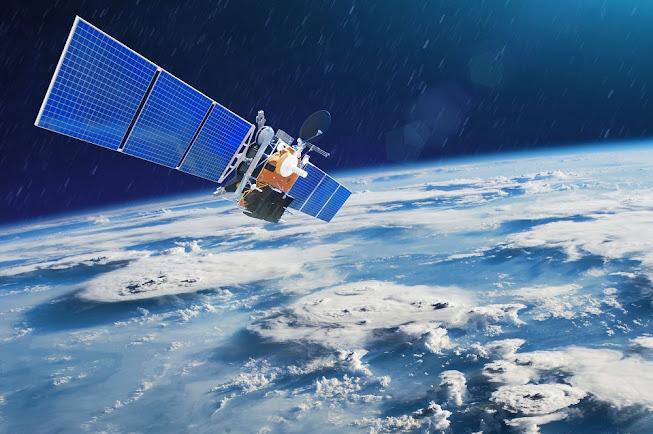Space-Based Edge Computing Market: Key Trends and Emerging Innovations

The space-based edge computing market is rapidly evolving, driven by the growing demand for faster, more efficient data processing and reduced latency in space missions. This innovative approach to computing enables real-time data analysis and decision-making directly onboard satellites or other space platforms, eliminating the need to send vast amounts of raw data back to Earth. The integration of edge computing in space technologies is transforming industries such as satellite communications, Earth observation, and interplanetary exploration.
According to BISResearch, the global space-based edge computing market is estimated to reach $1,807.3 million in 2033 from $200.9 million in 2022, at a CAGR of 22.64% during the forecast period 2023-2033.
Understanding Space-Based Edge Computing:
Space-based edge computing refers to the deployment of edge computing resources in space, typically on satellites or other spaceborne platforms. Edge computing involves processing data closer to its source, reducing latency and bandwidth usage compared to traditional cloud computing, which relies on distant data centers. By leveraging the unique vantage point of space, this technology can offer unparalleled benefits in data processing and transmission.
Key Drivers in the Space-based Edge Computing Market:
Reduction in Data Processing Time Framework
Evolving Service Requirements
Challenges for the Space-based Edge Computing Market:
Cyber Security Constraints in Space-Based Edge Computing
Evolving Rules and Regulations for Device Management
Request A Detailed Sample on the Space-Based Edge Computing Market!
Space-Based Edge Computing Market by End User
Commercial
Defence
Civil Government
Recent Developments in the Global Space-Based Edge Computing Market
March 2023: Nearby Computing partnered with Cellnex Telecom to showcase a 5G and edge computing infrastructure demonstration. This initiative highlights the integration of 5G and edge computing with smart sensors for applications in both ground-based and space-based smart city solutions.
November 2022: Ubotica Technologies and Open Cosmos announced an agreement to launch CogniSat-6, an AI-driven CubeSat equipped with the CogniSat edge computing platform. This autonomous low Earth orbit (LEO) satellite will feature reactive retargeting capabilities to enhance in-orbit image collection efficiency.
October 2022: Exo-Space signed a contract with Sidus Space to integrate a payload into the hybrid 3D-printed satellite LizzieSat. The satellite, anticipated to launch in 2023, will incorporate advanced edge computing capabilities.
August 2022: OrbitsEdge entered into a long-term launch agreement with Vaya Space, scheduling a launch for Q4 2023. The collaboration focuses on deploying high-performance computing data centers into LEO to process data in orbit. This approach aims to mitigate bandwidth limitations and transmission delays associated with relaying large satellite datasets to Earth for processing.
Future Outlook
The space-based edge computing market is poised for substantial growth, with technological advancements and increasing private sector investments paving the way for new applications. As satellite constellations grow in size and complexity, edge computing will play a pivotal role in ensuring mission success while optimizing resources.
Get Insights on spacetech market research reports
Conclusion
The space-based edge computing market is at the forefront of transforming space operations, offering unprecedented efficiency and autonomy for data-intensive applications. By overcoming challenges such as cost and environmental hazards, this market has the potential to redefine the future of space exploration and satellite communications. Stakeholders and investors must capitalize on this trend to unlock the full potential of edge computing in space.









Comments